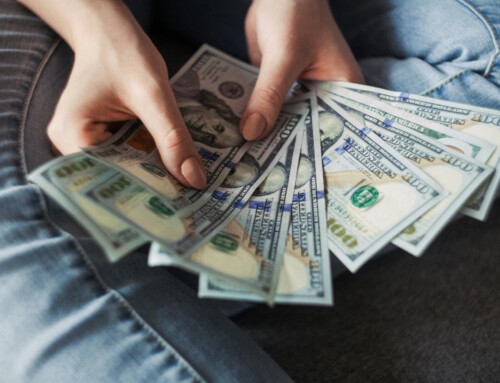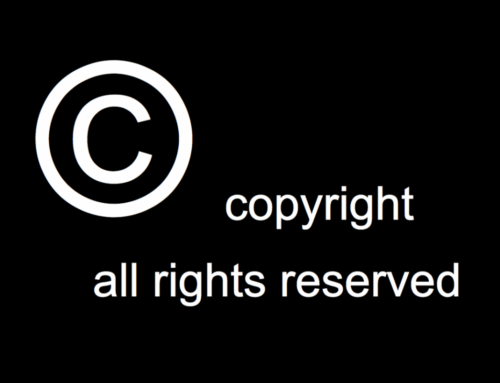While your work is automatically copyrighted once it’s fixed in a tangible form, you can’t enforce this copyright, because you can’t bring a lawsuit for copyright infringement until you apply for and receive either a certificate of registration or a denial of registration from the Copyright Office.
In addition, the registration has to be “valid.” Last month the Court of Appeals for the Ninth Circuit reversed a district court’s award of damages and attorneys’ fees because of inaccuracies in the copyright owner’s application for copyright registration.
Unicolors, Inc., which creates designs for use on textiles and garments, sued H&M Hennes & Mauritz L.P., which owns the H&M retail clothing stores, for copyright infringement.
Unicolor claimed that the “Xue Xu” design printed on clothing that H&M began selling in 2015 infringed the “EH101” design Unicolor created in 2011.
The jury agreed with Unicolors, awarding substantial damages. The court also awarded Unicolors its attorneys’ fees. H&M appealed, arguing that Unicolors’ copyright registration was invalid because Unicolors obtained the registration by including known inaccuracies in its application.
Unicolors had used a single application to register 31 separate works, including EH101. The application said the works were first published on January 15, 2011, the date Unicolors presented the designs to its salespeople. However, the date that the designs were made available to the public, not the date Unicolors showed them to its salesforce, is the date of first publication.
To register a collection of works as a “single unit” as Unicolors did, the works must have been first sold or offered for sale at the same time, but the application included at least nine “confined” works that were sold separately and exclusively to individual customers.
“Confined” works are created for a specific customer, who has the right of exclusive use of the work for a certain time, during which time Unicolors doesn’t offer the design to other customers.
After all of the designs were presented to Unicolors’ sales force, the non-confined designs were made available for public viewing and purchase, but confined designs were not.
A collection of works does not qualify as a “single unit of publication,” said the court, unless all individual works of the collection were first published as a singular, bundled unit.
Unicolors knew that some of the designs had been published separately, so it was aware that its application was inaccurate.
The Ninth Circuit remanded the case back to the district court, because it must, in accordance with the statute, “request the Register of Copyrights to advise the court whether the inaccurate information, if known, would have caused the Register … to refuse registration.”
As you can see, it’s important that every aspect of your application to register your copyrights be accurate. Please feel free to contact us if you need assistance registering your copyrights or if you have any questions about protecting or enforcing your copyrights.
Photo By Sara Kurkeb on Unsplash






